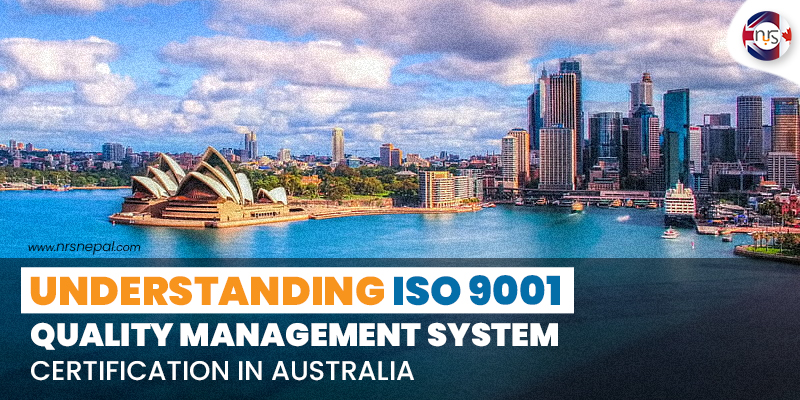
ISO 9001: Quality Management System (QMS) is the most widely recognized QMS standard and can be used by organizations of any size, in any industry or sector. At its core, ISO 9001 provides a framework for organizations to consistently deliver products and services that meet the customer and regulatory requirements at an international level.
The ISO 9001 standard is based on several quality management principles, including establishing quality policies and objectives, managing resources, implementing operational processes, and monitoring, and measuring performance. These principles are extremely essential for an organization to meet customer and regulatory requirements. Organizations must undergo an audit by an accredited certification body to become ISO 9001 certified. Being ISO 9001 certified in Australia can provide numerous benefits, such as improved efficiency, reduced costs, and enhanced customer satisfaction.
Benefits of Implementing ISO 9001: Quality Management System
One of the key benefits of implementing the ISO 9001 standard is the ability to identify and address potential issues before they become problems. This proactive approach helps organizations to continually improve their processes and ensure that they are meeting the evolving needs of their customers. Additionally, it demonstrates their commitment to quality and can help Australian businesses to differentiate themselves in the international marketplace.
7 Key Requirements to Achieve ISO 9001 Certification
ISO 9001 has seven key requirements that organizations must address to achieve this ISO certification. These include:
- Context of the organization: Understand the internal and external factors that impact the organization's ability to achieve its objectives.
- Leadership: ISO 9001: Quality Management System demands a commitment to the management of quality management system and ensures roles, responsibilities, and authorities.
- Planning: Identify quality objectives and plan on how to achieve them, including addressing risks and opportunities.
- Quality Support: Provide the necessary resources, competencies, awareness, and communication to operate the quality management system.
- Management Operation: Implement planned activities to meet product and service requirements, including design, production, delivery, and post-delivery activities.
- Performance evaluation: Monitor, measure, analyze, and evaluate the quality management system to ensure it is performing as intended.
- Improvement: Taking actions to address nonconformities and continually improve the effectiveness of the quality management system.
Organizations can achieve ISO 9001: Quality Management System in Australia by addressing these seven key requirements.
Achieving and Maintaining ISO 9001 Certification in Australia
Once an organization has been ISO 9001 certified, the real work begins. Maintaining ISO 9001 certification requires ongoing compliance, regular internal audits, and a commitment to continuous improvement. Organizations must be prepared to adapt to changes in the standard and address any nonconformity that arises.
ISO 9001-certified organizations are required to have a qualified internal ISO auditor who can assess the QMS and identify areas for improvement. External audits by the certification body are also conducted on a regular basis to ensure continued compliance with the standard. By prioritizing ISO 9001: Quality Management System and its teachings, organizations can ensure that their QMS remains effective and aligned with industry best practices.
Ready to get ISO 9001 certified?
Contact Nepal Realistic Solutions today for expert guidance and support for ISO consulting and certification services in Australia.